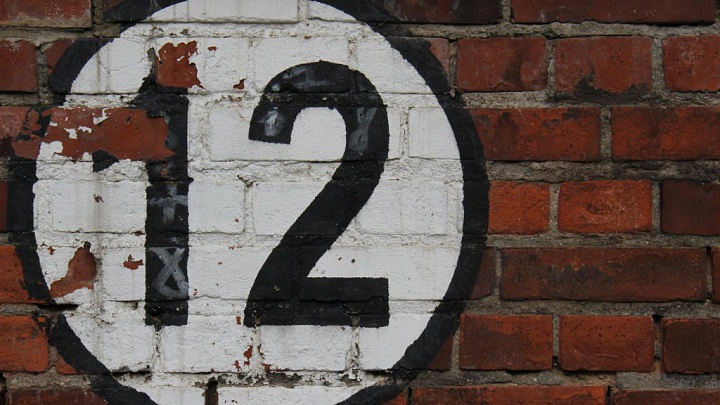In Leipzig’s west-end neighbourhood of Lindenau lies the Baumwollspinnerei, once the largest cotton spinning mill on the continent. Established in 1884, the Baumwollspinnerei remained in production throughout the 20th century before reinventing itself in the 1990s as a cultural complex that now houses galleries,...
http://localhost:8888/wp-content/uploads/2014/04/davidvoss.mp3
http://localhost:8888/wp-content/uploads/2014/04/interview.mp4
In Leipzig’s west-end neighbourhood of Lindenau lies the Baumwollspinnerei, once the largest cotton spinning mill on the continent. Established in 1884, the Baumwollspinnerei remained in production through a variety of political systems – the monarchy, the Weimar Republic, National Socialism and the German...
Normal assumption is that cities just grow and grow. That has been the norm in the west during the 19th and 20th centuries. At first the growth was largely due to industrialization. As factories established themselves and drew workers to them, small communities grew larger. During the 20th century the migration into...
Like many cities of the former GDR, Leipzig faced significant population and economic decline after the events of 1989/90, as industries collapsed and many chose to leave the city for opportunities elsewhere. The phenomenon of the so-called shrinking city – not exclusive to East Germany, but visible in multiple...










